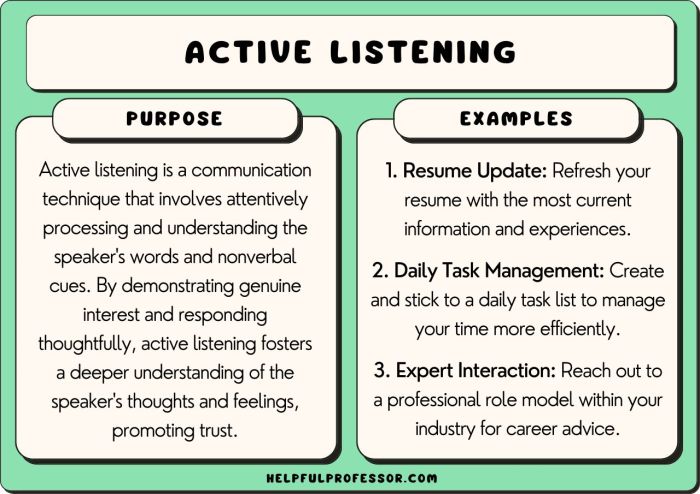What are some de escalation strategies sere – What are some de-escalation strategies SERE? This topic explores the various approaches to effectively manage and resolve potentially dangerous or volatile situations. De-escalation strategies are crucial in various fields, including law enforcement, healthcare, education, and military operations.
Effective de-escalation techniques involve a combination of verbal and nonverbal communication, environmental management, and understanding the principles and best practices for different settings. By employing these strategies, individuals can enhance their ability to defuse tense situations, reduce the risk of harm, and promote cooperation and safety.
Definition of De-Escalation Strategies

De-escalation strategies are systematic approaches designed to reduce tension and prevent violence or conflict. They involve verbal and nonverbal techniques aimed at calming agitated individuals, fostering cooperation, and maintaining a safe environment.
Principles of De-Escalation: What Are Some De Escalation Strategies Sere

Effective de-escalation strategies adhere to core principles that guide their implementation:
- Active Listening:Paying undivided attention to the individual’s concerns and acknowledging their feelings.
- Empathy:Understanding and acknowledging the individual’s perspective, even if you do not agree with it.
- Validation:Recognizing the individual’s emotions as legitimate, even if you do not condone their actions.
- Respect:Treating the individual with dignity and respect, regardless of their behavior.
- Collaboration:Working with the individual to find a mutually acceptable solution.
Verbal De-Escalation Techniques

Verbal de-escalation techniques focus on using language to calm and reassure the individual:
- Active Listening:Listening attentively, reflecting on what the individual says, and asking clarifying questions.
- Empathy:Using phrases like “I understand why you’re upset” or “I can see why you’re frustrated.”
- Validation:Acknowledging the individual’s feelings without agreeing with their actions.
- Reframing:Rephrasing the individual’s statements in a more positive or constructive way.
- Use of Humor:Using humor appropriately can help defuse tension and create a more relaxed atmosphere.
Frequently Asked Questions
What are the core principles of de-escalation?
The core principles of de-escalation include active listening, empathy, validation, maintaining a calm demeanor, and respecting personal space.
How can nonverbal cues impact de-escalation efforts?
Nonverbal cues, such as eye contact, body language, and facial expressions, can significantly influence the tone and outcome of a de-escalation situation. Maintaining open and non-threatening body language can help reduce tension and build rapport.
Why is training and education important for de-escalation strategies?
Training and education provide individuals with the knowledge, skills, and practice necessary to effectively implement de-escalation strategies. They help participants understand the principles, techniques, and best practices for different settings and situations.
